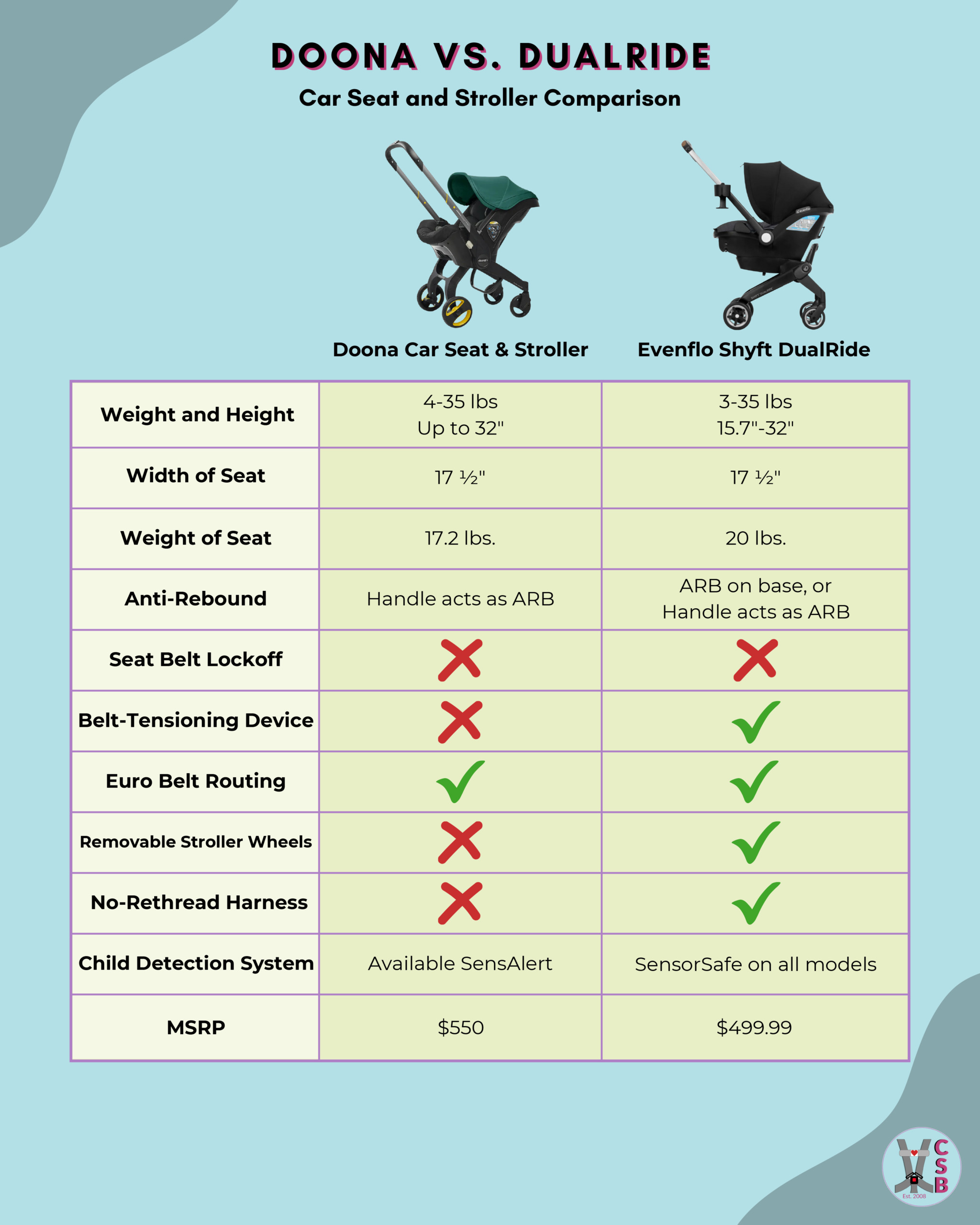Doona vs. Evenflo Shyft DualRide: Battle of the Car Seat Stroller Combos

![]()
![]()
![]()
![]()
![]()
Doona Car Seat & Stroller vs. Evenflo Shyft DualRide Car Seat Stroller Combo
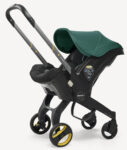
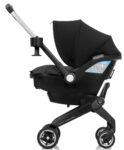
Basics:
Doona
Evenflo Shyft DualRide
If you’re in the market for a Doona, chances are you are also comparing it to the Evenflo Shyft DualRide and wondering which is better for you. First, identify why you want one. Like all niche seats (looking at you, rotating car seats!), these car seats with integrated strollers are definitely convenience seats but they come at a price: weight and the length of use you get out of the stroller. Sure, you can buy a cheapo umbrella stroller after you’re done, but you will be sorely disappointed with the quality of that stroller (speaking from experience here).
You may also find that if you got it because it’s the most popular baby device to get at the moment that you become frustrated with your choice as your child gets heavier. Trying to lift a 20 lbs. car seat with a 20 lbs. baby up into an SUV or truck isn’t for the faint of heart, or a short person! But if you are a big-city dweller (or frequent traveler) and rely upon taxis and rideshares for transportation, these seats are a lifesaver!
The Evenflo Shyft DualRide does allow for a taller torsoed child as long as they are under 32″ since the headrest goes above the shell, but the neither the canopy nor the handle rotate over the headrest when it’s in those upper headrest positions.
On the flip side, if you know you’ll be having a very small baby, Evenflo makes carseats that fit very small babies well. The Shyft DualRide is rated from 3 lbs./15.7″ with multiple harness positions (hip, buckle, and shoulder) whereas the Doona starts at 4 lbs. and 32″ or less with only buckle and shoulder harness adjustments.
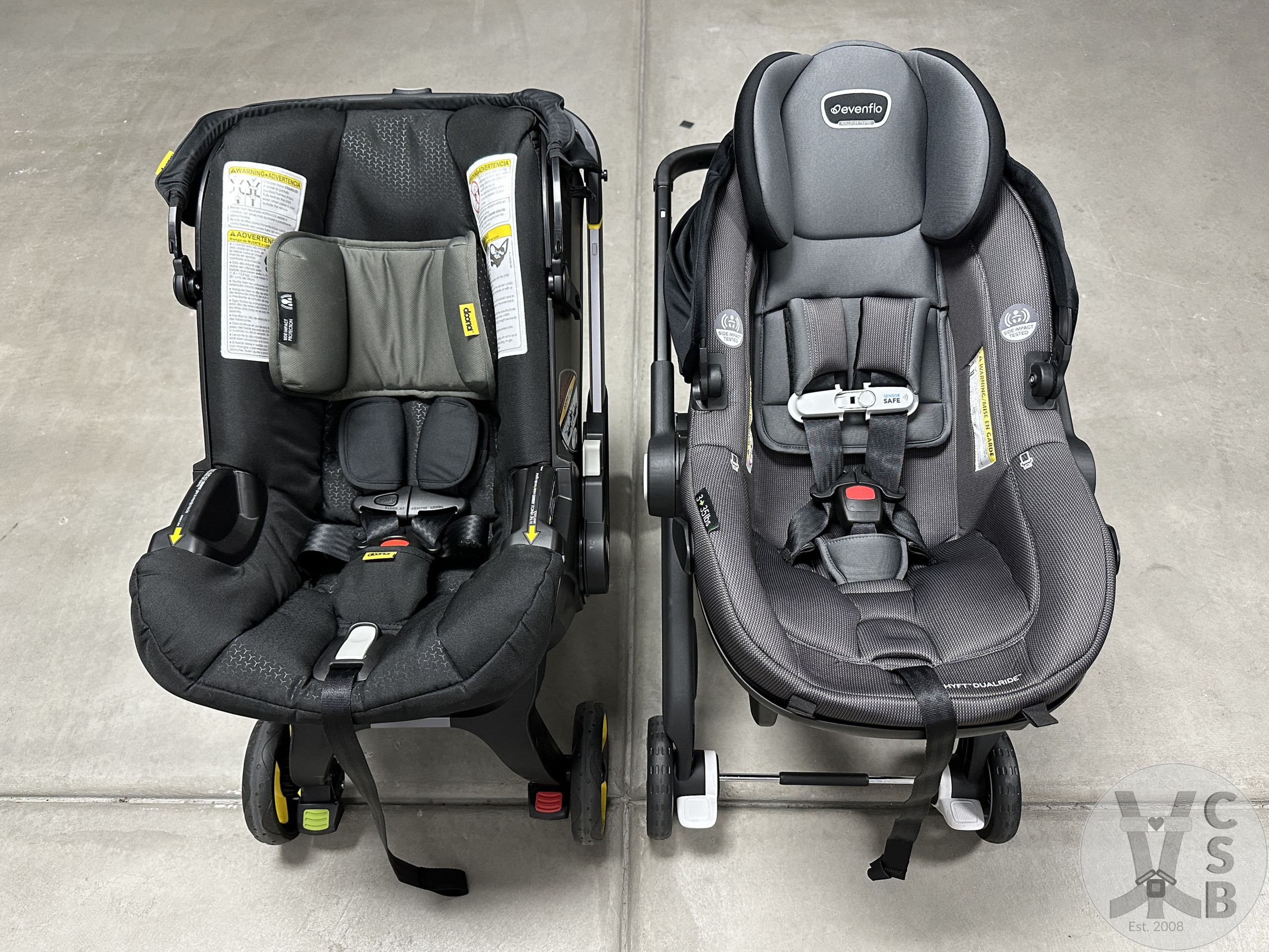
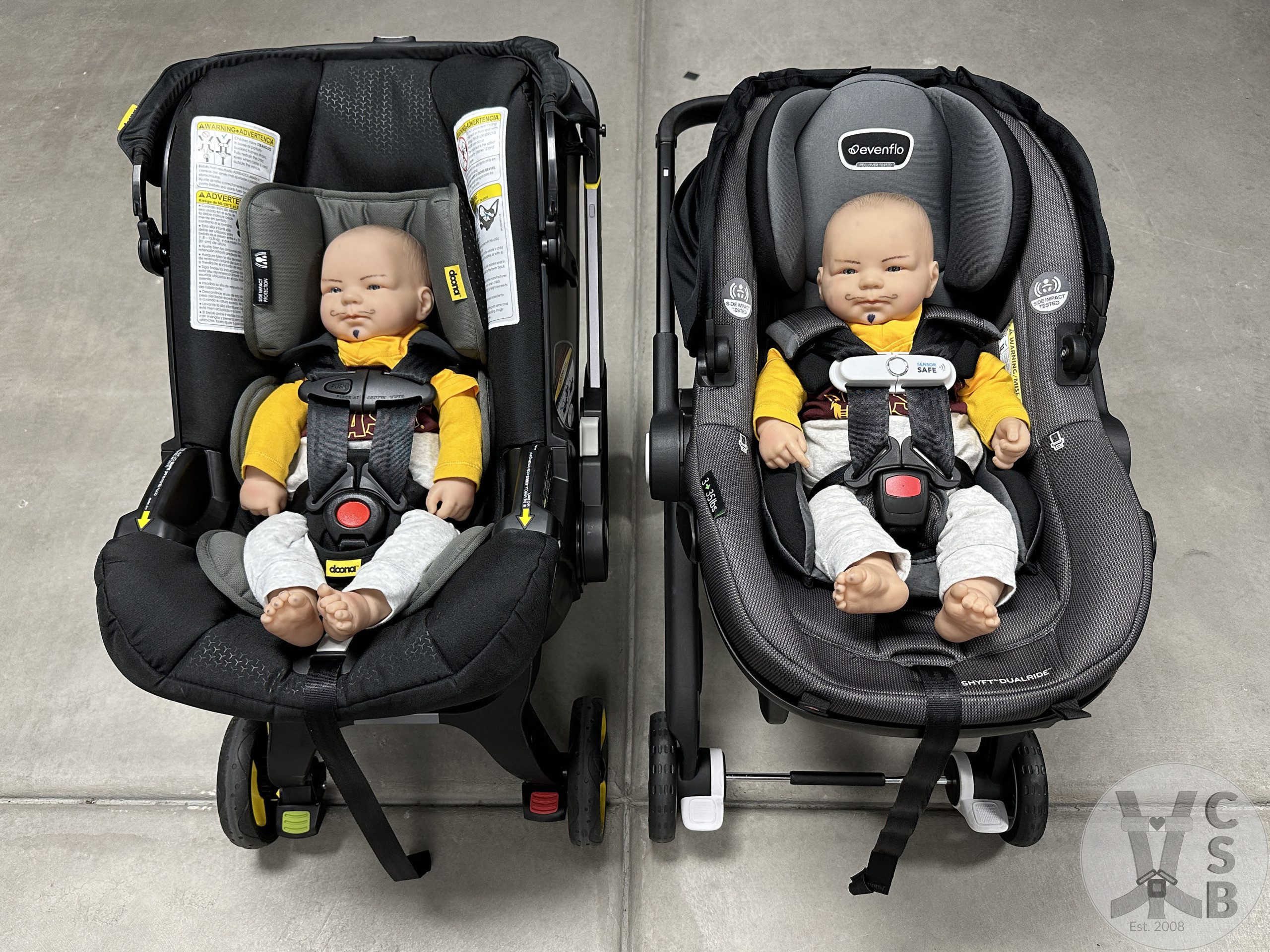
The Doona and DualRide are very similar in that they both are rear-facing only infant seats with integrated strollers—you can see from the chart all the specs. I took both for a stroll in my backyard, which has multiple varied surfaces, including cement, pavers (cobblestone-ish), rock of different sizes, and artificial turf. Both strollers did very well, though the Doona was a little smoother on the rock—I think due to its slightly larger wheel size—and was quieter.
The DualRide’s handle is a couple of inches taller, which not only makes it so the handle is taller, it puts the stroller wheels farther away (it’s a geometry thing). I’m 5’6” and like the taller handle of the DualRide, but the Doona’s handle wasn’t at all uncomfortable. My 6’5″ husband had to push the Doona with his fingertips to keep from kicking the wheels, but found the DualRide push comfortable and didn’t even come close to kicking the bar or wheels.
Evenflo provides more for the price with the Shyft DualRide: ability to remove stroller wheels from the carrier (nice to be able to remove heavy, dirty part of seat and carry it into the house), storage bag attachment on mid-level and above trim lines, belt-tensioning device on the base for easier installs, and more. A big installation issue with the DualRide is that it requires 1 ½” of space between any part of the car seat and the front seat. That’s not a big deal in larger SUVs and some minivans, but in smaller vehicles, it makes a difference.
I do feel like the Doona is better at converting to and from a stroller; it is a more fluid motion and on the DualRide, there is one handle to drop the wheels and another to collapse them.
The Doona has more sophisticated accessories, such as leather handle covers, bags, and covers for parents willing to add on to their seat, though Evenflo does offer some for the DualRide as well. But it comes down to which one you like best and will use properly!
